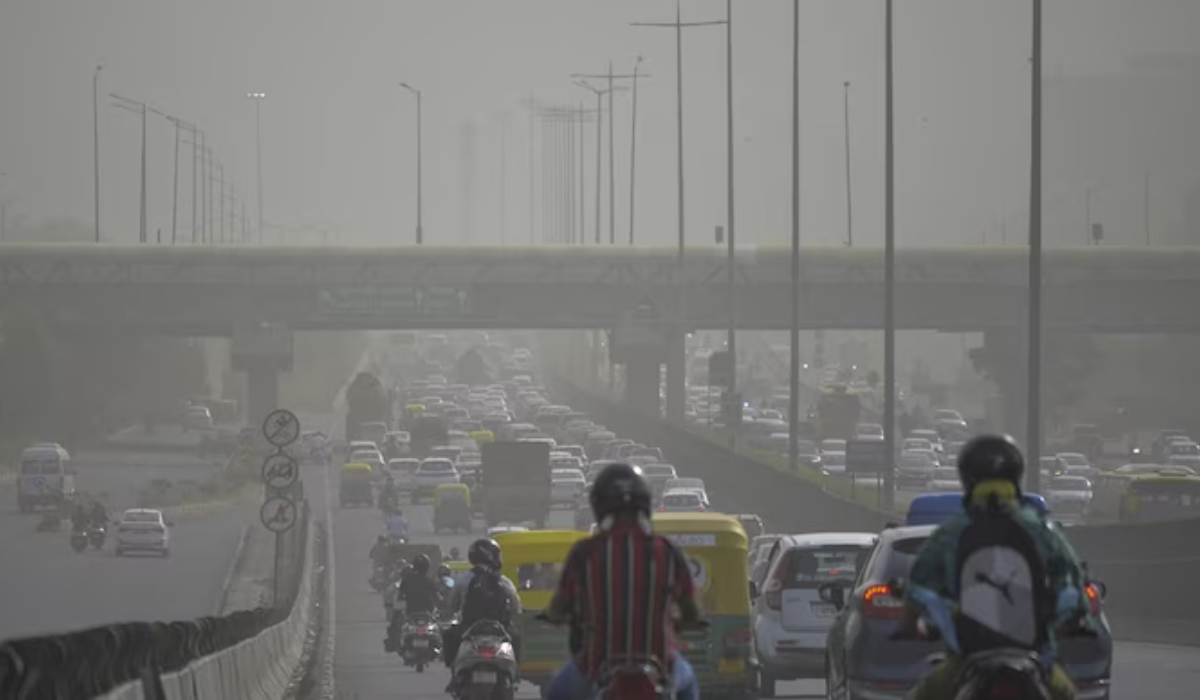According to the India Meteorological Department, Dust Storm in Delhi on Tuesday morning brought strong winds that stirred up dust particles, causing a notable deterioration in air quality. This weather event primarily caused a reduction in visibility of up to 1,000 meters. Furthermore, the gusty winds lifted localized dust, exacerbating the impact on air quality in the capital.
The IMD’s daily update states that the dust storm will persist for another two days until May 18. It will likely occur in isolated pockets over Haryana & Delhi, West Uttar Pradesh, and Rajasthan, with similar conditions anticipated in parts of Madhya Pradesh and Vidarbha.
The dust storm originates from an anticyclonic trough over Northwest India, moving eastward as the primary cause. Situated around 900 meters above Delhi’s surface, this trough drives gusty winds, lifting localized dust into the air. Dr. Soma Senroy, a senior IMD scientist, attributed the absence of rainfall to the lack of moisture in the air. The trough stretches across a vast region from Pakistan to Madhya Pradesh in India, encompassing Rajasthan, Punjab, Himachal, and Delhi.
An anticyclonic trough refers to a region within a high-pressure system where atmospheric pressure is relatively higher than its surroundings. The interaction of cold & warm air masses often generates it. When a cold front overtakes a warming front, the more heartless air forces, the warmer air aloft, resulting in a stable atmospheric column and a high-pressure system with an anticyclonic trough.
According to meteorologists, the Storm in Delhi has caused the current dusty conditions, with several factors at play. Prolonged heat, arid soil from no rainfall, and persistent strong winds have all contributed to the current situation. The Storm in Delhi has intensified these factors, leading to the prevailing dusty conditions in the region.
As a result of the dust storm, there has been a significant surge in PM10 concentration. Micrograms per cubic meter levels witnessed a significant surge, rising from 140mg at 4 am to 775mg by 8 am. Dust particles, particularly PM2.5, can deeply penetrate the respiratory system upon inhalation, posing potential health risks.
In summary, dust Storm in Delhi and the prevailing strong winds and dust storms can be attributed to a potent anticyclonic trough across Northwest India. The convergence of intense heat, dry soil, and persistent winds has contributed to the current weather conditions. Residents must stay informed about air quality updates and take necessary precautions to safeguard their respiratory health during dust Storm in Delhi.








